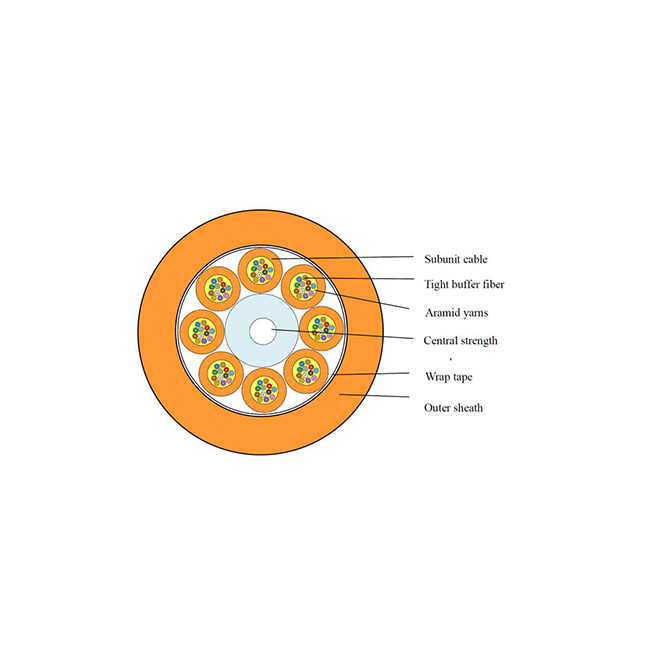Understanding the Critical Role of Fiber Optic Cables

In today's digital world, where data rules the roost, the importance of fast and reliable data transmission cannot be overstated. From streaming high-definition videos to supporting mission-critical business operations, the need for speed is ever-growing. At the heart of this revolution lies fiber optic cables, the backbone of modern communication networks. These tiny strands of glass or plastic play a vital role in ensuring data travels at the speed of light, quite literally.
The Need for Speed: Exploring the Advantages of Fiber Optic Cables
Fiber optic cables offer several advantages over traditional copper wires, making them the preferred choice for high-performance data transmission. Firstly, these cables use light instead of electricity to transmit data, enabling unparalleled speed. The use of light ensures minimal latency, allowing for near-instantaneous data transfer. Moreover, fiber optic cables have a significantly larger bandwidth capacity, ensuring reliable and consistent connectivity even under heavy data loads.
Choosing the Right Fiber Optic Cable: Factors to Consider
When it comes to selecting fiber optic cables for your specific needs, several factors should be taken into account. Firstly, the cable's core diameter plays a crucial role in determining its performance. A larger core diameter allows for more efficient transmission over longer distances but may come at the cost of increased dispersion. On the other hand, a smaller core diameter offers higher performance for short-distance transmissions. Another important consideration is the cable's mode, which can be either single-mode or multi-mode. Single-mode cables offer lower signal loss and higher transmission speeds over longer distances, while multi-mode cables excel in short-distance applications.
Understanding Fiber Optic Cable Connectors: The Last Link in the Chain
In addition to the fiber optic cables themselves, the choice of connectors also impacts the overall performance of the network. Connectors are used to join optical fibers together and ensure seamless data transmission. Commonly used connector types include SC, LC, and ST connectors, each offering different benefits. Factors such as ease of installation, durability, and cost should be considered when selecting connectors.
Maintaining Fiber Optic Cables: Best Practices for Optimal Performance
To ensure optimal performance and longevity of fiber optic cables, proper maintenance is essential. Regular inspections and cleaning help prevent dust or other contaminants from affecting signal quality. Moreover, adequate protection should be provided against physical damage and excessive bending. It is also important to regularly test the cables for faults or losses using specialized equipment to identify any issues promptly.
In Conclusion
Choosing high-performance fiber optic cables is a critical decision for achieving lightning-fast data transmission. Understanding the advantages of fiber optic cables and considering factors such as core diameter, mode, and connectors is crucial in making an informed choice. By following best practices in cable maintenance, organizations can ensure seamless and reliable data transmission at the speed of light.


